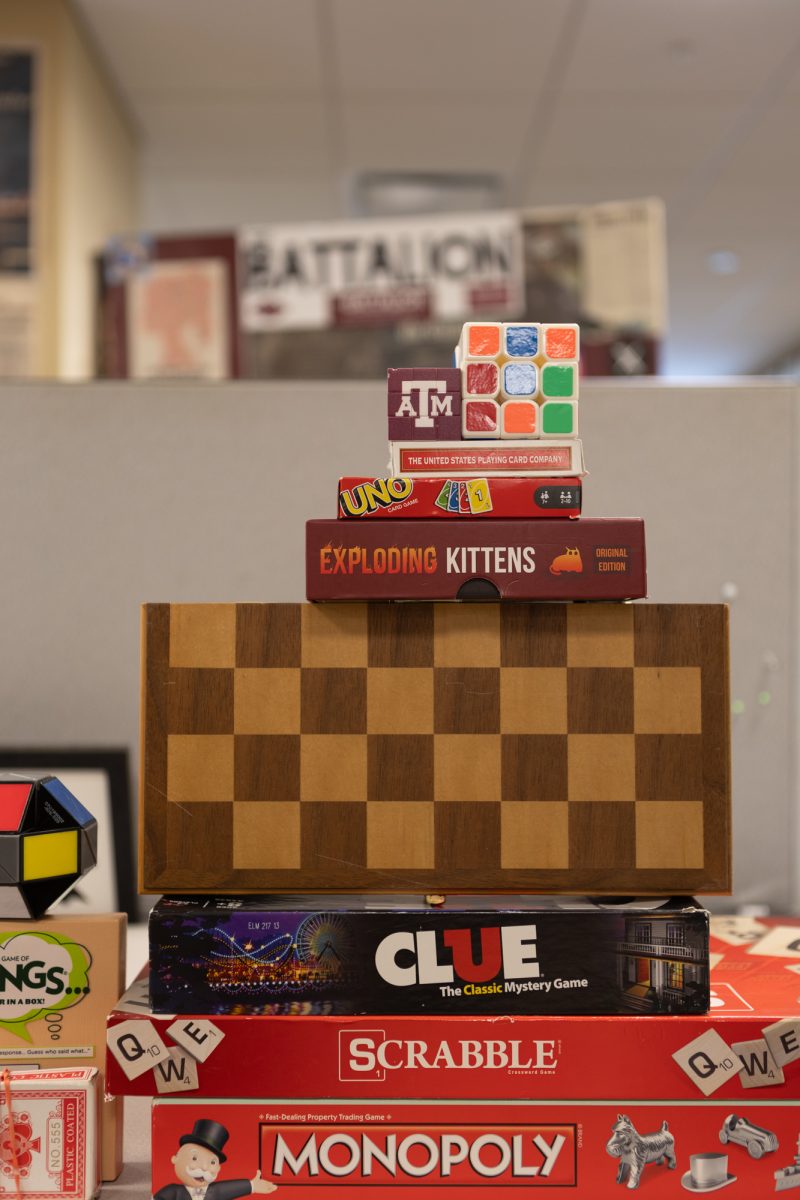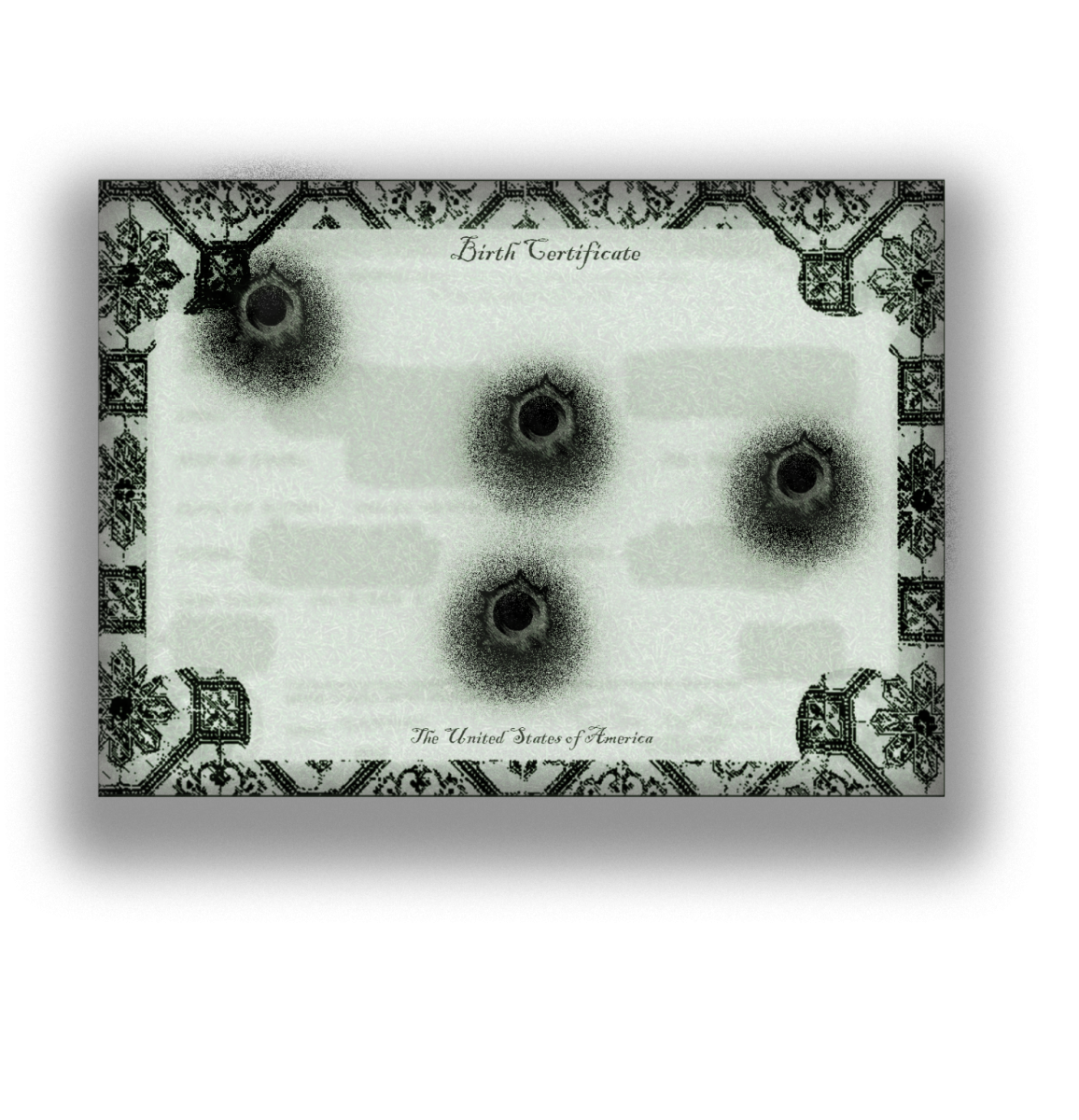In our age of digital entertainment, board games might seem outdated. But there’s something about playing games with cards and pieces that can’t be replaced by screens and buttons.
Time and time again, my first year of college has been littered with the phrase: “What should we do?” Whether I’m with people I’ve known for years or people I’ve just met, it can feel impossible to come up with something engaging and entertaining to do. Then, one day, I was introduced to the game One Night Werewolf.
In one fell swoop, I was hooked. Night after night, I would play One Night Werewolf with friends, family and anyone willing to give it a go.
Since it’s a social deduction party game, one in which players have to uncover each other’s roles and allegiances through logic and reasoning, it fostered passionate debate, creative deceit and all-inclusive involvement. Because players have different motivations and allegiances, lying and twisting the truth are crucial to winning. In the midst of One Night Werewolf rounds, I’ve been put on the spot and forced to defend my innocence, caught in heated disputes and pushed into high-pressure critical thinking, all while experiencing some of the greatest laughs I’ve ever had.
I’d never experienced such fun for hours on end.
Not only that, but figuring out if someone is lying is fascinatingly entertaining. People you think you know switch up, throwing on sly personas that you now must try to crack. I’ve witnessed the goofy and lighthearted do a complete 180, throwing me way off and preventing me from sniffing out their lies. Even in creating my own personas, it’s incredibly difficult to see through someone else’s disguise while simultaneously trying to keep up my own. In these intense rounds, we can become anyone we’d like, offering the unique opportunity to bring out sides of ourselves we rarely get to see. It can be so … wonderful.
There is something naturally attractive about old fashioned board games that video games can’t provide. Regardless of how realistic, screens don’t compare to real life. No computer can match the depth of human thought or our ability to interpret the smallest facial expressions and the nuances of nonverbal communication. Beyond just the game itself, the face-to-face interaction that board games encourage is invaluable. In a time where people derive social interaction through screens, sitting down together for an enjoyable game night can be a much-needed antidote to digital fatigue. It’s in these moments — whether we’re deciphering a bluff or sharing a victorious high-five — that we truly connect with those around us. It seems like board games are definitely the move, but how do they actually fare in engagement? Let’s compare.
In the board game industry, revenue reached around $3 billion worldwide in 2022. About 16.5% of the global population plays board games once a month, accounting for chess, checkers and other classics. But if we don’t consider these timeless staples, or even Go and Mahjong, the number of board game enthusiasts quickly diminishes. On the other hand, over 40% of the global population opts for video games, with their industry in 2022 reaching $350 billion. Clearly, the world is focused on digital entertainment.
But this needn’t be the case.
Board games offer a refreshing return to face-to-face engagement. They challenge us to think critically, communicate effectively and read the subtle cues of those around us. More than just entertainment, these games become a catalyst for strengthening relationships and creating lasting memories. As we navigate the complexities of modern social dynamics, perhaps the simple act of gathering around a table, dealing some cards and immersing ourselves in a shared experience is exactly what we need to reconnect with one another and ourselves.
Daniel Fu is a finance sophomore and opinion writer for The Battalion.
















